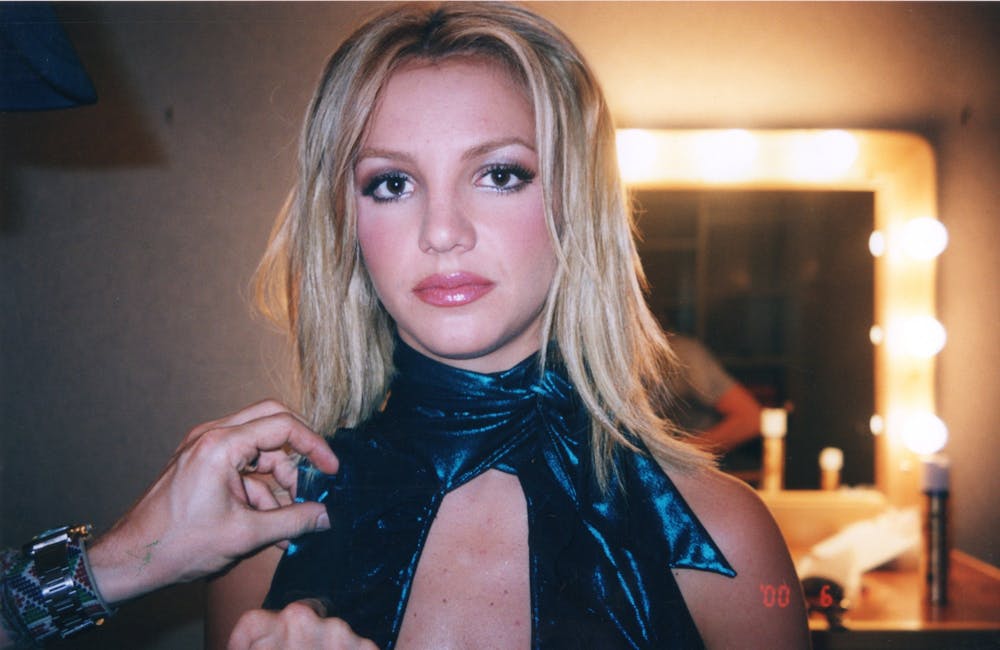Writing about how technology can be mobilized for good has been my shtick in the past.
But I watched The New York Times' “Framing Britney Spears” documentary recently, and it made me think of the ways technology has been used to hurt and disenfranchise so many people, especially those in underrepresented groups.
Back in the early 2000s, celebrity magazines like Us Weekly, People Magazine and OK! Weekly marketed Spears' personal challenges as salacious fuel for a sex-crazed and power-hungry society. Exaggerated narratives about her public breakdowns, abilities as a mother, sexuality and mental health were wolfed down by an audience starving for her downfall.
The tabloids — and other forms of media used to frame them — enabled us to obsess over Spears since her teenage years, with coverage growing in intensity the older she got. The documentary depicts how our promulgation of her image fueled mass sales and revenue throughout the U.S.
Her mental health and even personal liberties began to disappear — witnessed by those with a screen in front of their faces and proliferated by those with publishing power.
The spread of misinformation, and the technology that enables it, has contributed to the chaotic spiraling of a young woman whose entire life has been picked apart and devoured by us.
The rise of social media has seen Spears' return to the public eye, this time, allegedly, with more control. In a recent Instagram post, she wrote, “I’m trying to learn how to use technology in this technology driven generation .... but to be totally honest with you I can’t stand it !!!”




